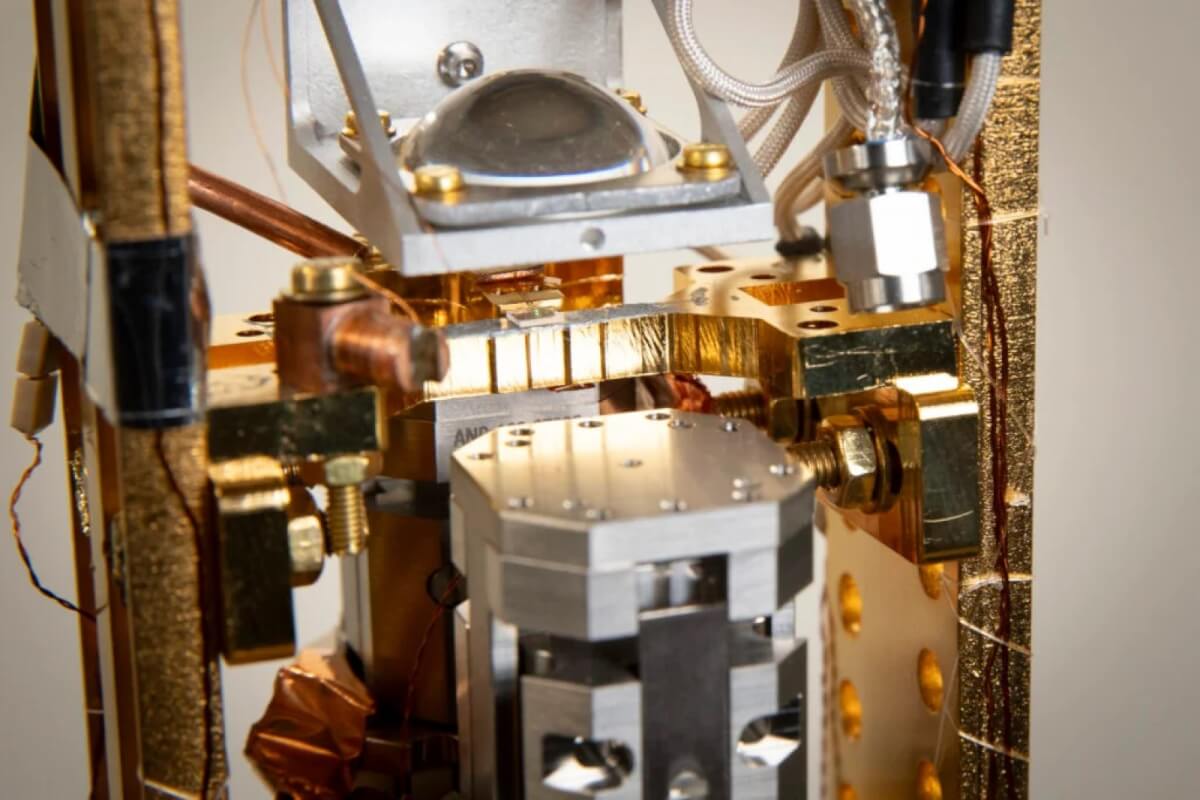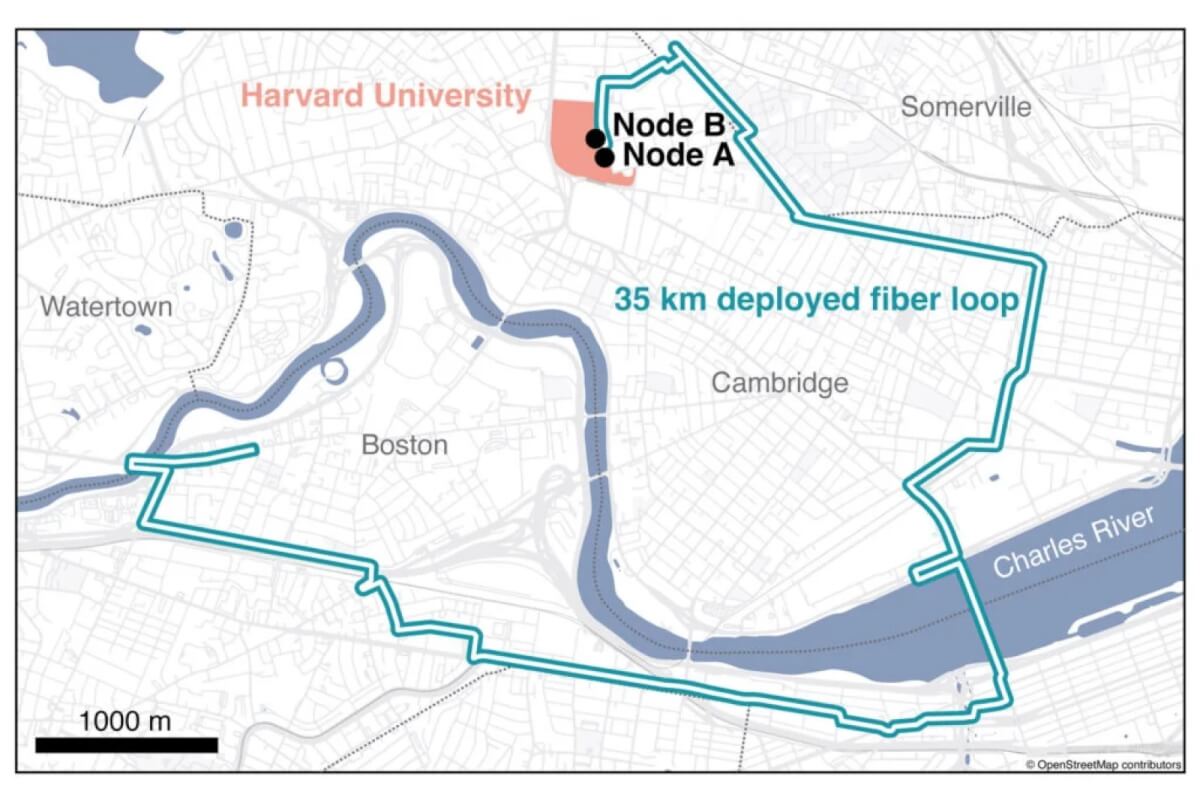
(© Sebastian Studio - stock.adobe.com)
CAMBRIDGE, Mass. — If you think the internet today is cool, just wait until we have a quantum internet! Scientists have just taken a major step toward making this next-level internet a reality. Physicists from Harvard University have successfully demonstrated that this revolutionary digital network could one day operate throughout a major U.S. city like Boston.
What is a quantum internet? Scientists hope it'll be the future of the internet, transmitting data in an entirely new way using quantum physics. The current internet sends data by encoding it into streams of bits (1s and 0s). A quantum internet would encode data into qubits - ultra-strange quantum particles that can exist as 1s, 0s, or mind-boggling superpositions of both at the same time.
Using qubits to transmit and process data offers powerful advantages. It enables unbreakable encryption because any attempt to eavesdrop and steal data is detected. It also allows the implementing of incredibly fast quantum computers that can solve problems modern computers can't. Pretty cool, right?
The big challenge in building a quantum internet is sharing qubits between distant locations. This can't be done by sending qubits through regular internet cables because qubits are extremely fragile — their quantum properties are destroyed by the slightest external interference.
So, what's the solution? The Harvard team says the answer is using qubits to share quantum “entanglement” between locations. Entanglement is a bizarre phenomenon where particles remain intricately linked, instantly influencing each other's properties no matter how far apart they are. By sharing entanglement, locations can send unhackable information and tap into the power of quantum computing and sensing.

In a new study published in Nature, Harvard researchers have taken a big step toward creating an entanglement-based quantum internet. They demonstrated entangling two diamond crystals located six meters apart in different labs, connected by telecommunications fiber optic cables.
The diamonds contained defects called silicon-vacancy (SiV) centers, which act as excellent qubits because their electron spins can securely store quantum information. However, these electron spin qubits lose their “quantumness” too quickly to send through cables.
The ingenious solution? The researchers entangled the fragile electron spin qubits with longer-lived nuclear spin qubits within the same diamond. They then transferred this entanglement through cables by converting the quantum data into photons (particles of light). At the receiving end, the photons re-entangled the distant electron spin qubit with its own nuclear spin qubit.
“Since the light is already entangled with the first node, it can transfer this entanglement to the second node,” explains study first author Can Knaut, a Kenneth C. Griffin Graduate School of Arts and Sciences student, in a media release. “We call this photon-mediated entanglement.”
This allowed the generation of “entanglement links” through cables as long as 40 kilometers (nearly 25 miles). Even more impressively, the team maintained an entanglement link for over a second. That may not seem like much, but it's long enough for locations to confirm a successful link establishment through classical communications.

To show their system is ready for the real world, the researchers even generated an entanglement link through 35 kilometers of existing fiber optic cables weaving under the streets of Boston — dealing with noise, polarization drifts, and other real-world issues present in these deployed cables.
So, why is this such a big deal? Well, this distributing entanglement through actual city infrastructure brings us one big step closer to a large-scale, widespread quantum internet one day. This new quantum internet could enable ultra-powerful cloud quantum computing, unhackable communications, highly-precise timing for GPS-free navigation, and more revolutionary applications we can't yet foresee.
“Showing that quantum network nodes can be entangled in the real-world environment of a very busy urban area is an important step toward practical networking between quantum computers,” concludes study leader Mikhail Lukin, the Joshua and Beth Friedman University Professor in the Department of Physics.
Improvements in performance and scalability are still necessary. However, this fundamental breakthrough shows that they can become a reality in the not-too-distant future.










